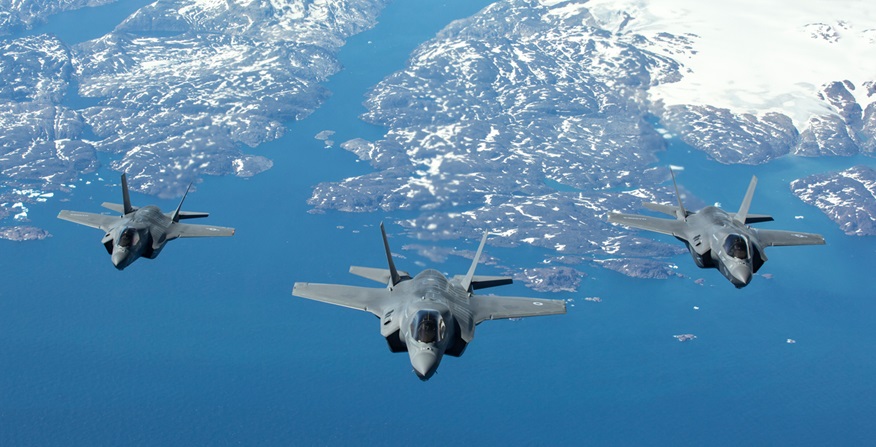Sourced : Washington Post
By Dan Lamothe
The Air Force wants to deploy the stealthy F-35A Joint Strike Fighter in the air campaign against the Islamic State, citing the increasingly complex operating environment over Syria, but it’s not clear that it will be able to do so before the conflict is over.
Gen. Herbert J. “Hawk” Carlisle, commander of Air Combat Command, told reporters in Washington on Friday that the deployment could come in the “not-too-distant future” but added that a deployment to the Middle East is probably a couple of years away, after the F-35A deploys to Europe and the Pacific. The plane would give commanders in the campaign against the Islamic State a new weapon that can see other airborne aircraft better than any airplane in the U.S. arsenal — a benefit as the U.S.-led coalition increasingly shares airspace with Russian and Syrian jets.
“It brings a lot of assets and a lot of attributes that would aid in the fight there,” Carlisle said, citing its advanced sensors and its ability to initiate electronic attacks. “It’s a platform that we will take advantage of.”
The deployment is not yet imminent, but concrete discussions about it are new. They follow the Air Force declaring in August that the F-35A had reached its initial operational capability, with a single squadron manned and able to carry out basic missions, and come as the Pentagon weighs increasing the U.S. role in the against the Islamic State. The discussions also come as U.S. generals call for increased talks with the Russian military to better “deconflict” air operations and prevent aerial collisions.
Carlisle said that the “fifth-generation” capability of the F-35 and F-22 to detect potential adversaries in the sky makes older jets such as the F-15, F-16 and F/A-18 better when they are networked together. With the Air Force beginning to transition squadrons of jets from older models to the F-35A, it also will need to deploy them to rest and refit other units, Carlisle said.
“I need them. I need the rotation,” Carlisle said. “As soon as those guys are ready to go, we need them.”
The discussion comes as the Air Force already has F-22 Raptors over Syria and Iraq, in part so U.S. aircraft avoid collisions with those from other nations, especially Russia.
The United States established a method by which the two countries “deconflict” their operations over Syria in 2015 after Russia began bombing opposition forces there on behalf of the Syrian government, but Russian pilots do not always respond to communications from U.S. pilots. In a few cases, Russian jets have flown close enough to U.S. planes to cause turbulence felt by American pilots.
The Raptor has been kept at or near the top of formations of U.S. aircraft, allowing them to better see the battlefield for other American pilots. With their stealth technology, the F-35 and F-22 also are believed to be less vulnerable to detection from radar used with surface-to-air missile systems, which the Syrian and Russian militaries have deployed.
Carlisle said that U.S. pilots can detect from their cockpit when surface-to-air missiles are active but that the Russians and Syrians have not been illuminating American aircraft with their radar.

